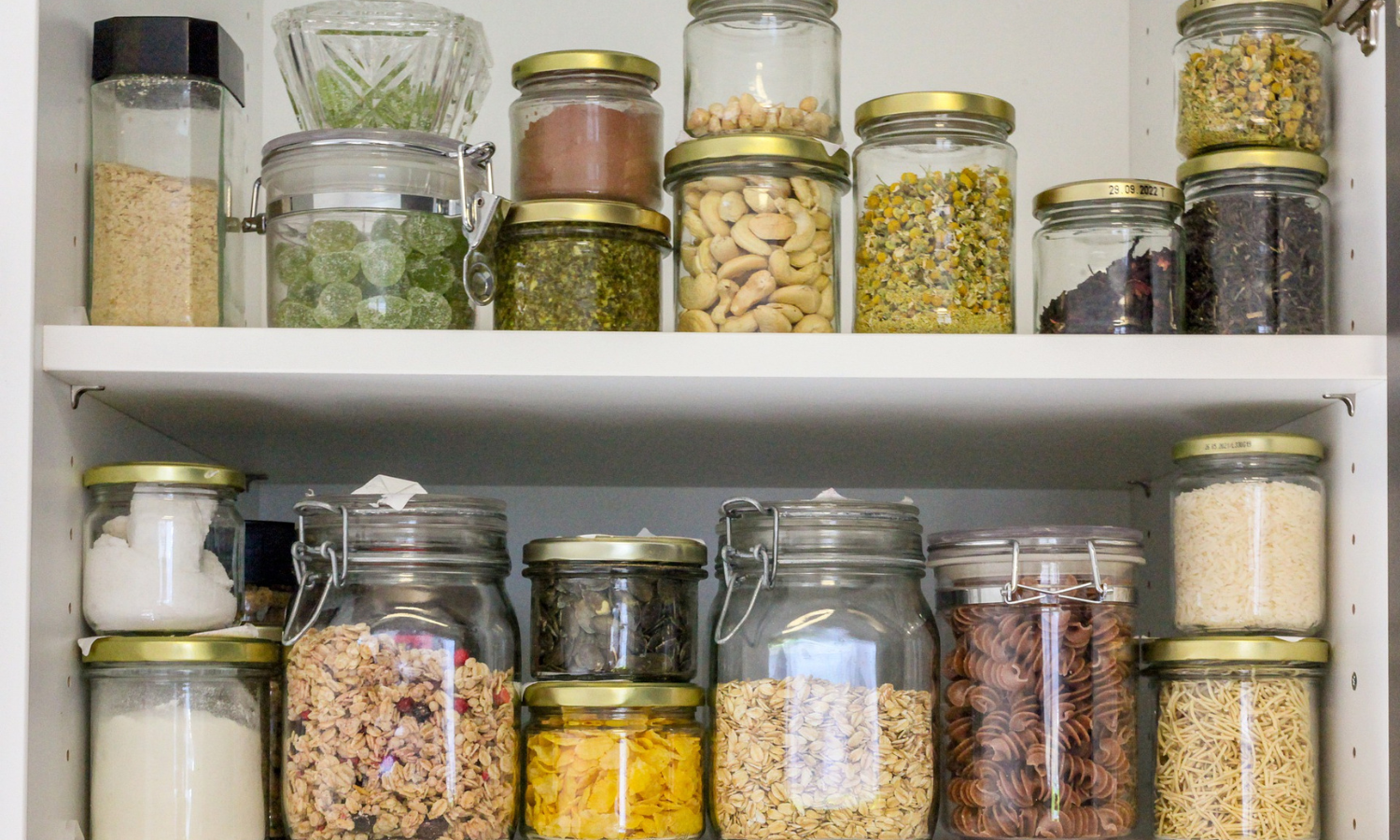Several insects invade your kitchen. Most are the result of a mess left behind, an unresolved leak or hole in your home, or another issue within your control. When it comes to moths, even the cleanest of kitchens can have a fluttering inhabitant. As with most bugs, when they start creeping around your food, your first concern is about their impact on its edibility after their contact with it. When you begin to see these menaces in your cupboards, you immediately want to know if pantry moths carry diseases.
What are pantry moths?
Pantry moths are also known as Indian Meal Moths. They live around kitchen cabinets or pantries and feed on dried goods such as:

- Flour
- Cereal
- Rice
- Grains
- Nuts
- Dried fruits
- Pet foods
- Birdseed
Adult moths lay their eggs near these packages. Once hatched, the larvae will burrow their way through the box or plastic to feed. They then molt several times, growing all the while, and then pupate. Pupating is preceded by spinning a cocoon, where they will remain until ready to emerge as an adult moth. Now, you may be wondering if pantry moths eat clothes and other items beyond food. This is unlikely, unless you keep snacks in your pockets! If you are seeing signs of a moth infestation in your closet, these are probably clothes moths.
How do I know if I have a pantry moth infestation?
The first thing you will notice when you have a moth infestation is the fluttering creatures themselves. Unfortunately, by then, you most likely have an issue on your hands. So, when you begin to notice their activity, you need to check your dried pantry goods. Look for:
Moth activity
Adult moths will hide in corners, rest on bags, or fly about in your pantry.
Webbing in the product
Larvae spin as they move, leaving webbing behind that can make the food they are infesting clump.
Active larvae
These are tiny grub-like bugs, that resemble grains of rice, that crawl about.
Holes in bags or boxes
Holes are difficult to spot, as the larvae are extremely tiny when they initially make their entry.
Dust or residue
Can be produced from the foodstuff the larvae bore their holes in.
Fecal matter
Moths, too, poop. Though difficult to see, you may notice brown specks.
Do pantry moths carry diseases?
Now here's the gross part. Since moth egg casings and larvae are small, there is a strong possibility that you may have ingested one at some point in your life. However, moths do not carry diseases like other insects, such as cockroaches and flies. When leftover casings sit in food, they can build bacteria over time and could cause minor stomach issues, but no major issues.
How do I get rid of pantry moths?

To get rid of moths from your pantry, you must do four things:
- Install a trap to catch all adult moths to control the breeding process. Stop them in their tracks. Dr. Killigan’s Premium Moth Traps® is an excellent way to keep moths at bay so you can complete the process of ridding your home of moths.
- Purge your pantry of all affected products.
- Thoroughly clean your pantry. When the pantry is empty, give every shelf a thorough wipe down. Pay special attention to corners, where larvae often go to complete their pupae stage.
- Monitor progress. Keep an eye on your Dr. Killigan’s Premium Moth Traps for new moth activity.
Dr. Killigan’s guarantee
All of Dr. Killigan’s products are 100% non-toxic and safe for children and pets. Our dream is a life without bugs, safely, peacefully, and full of class.
Our team of professionals is dedicated to perfecting the art of Killing Them Softly®. We have designed 100% toxin-free pest control products that are not only safe, but are also created with style to restore Peace & Sanity in your home.
We are continually raising the bar in toxin-free pest control remedies. All of our products carry a 100% satisfaction guarantee. If you are not satisfied for any reason, please contact us. We will not hesitate to make things right.










